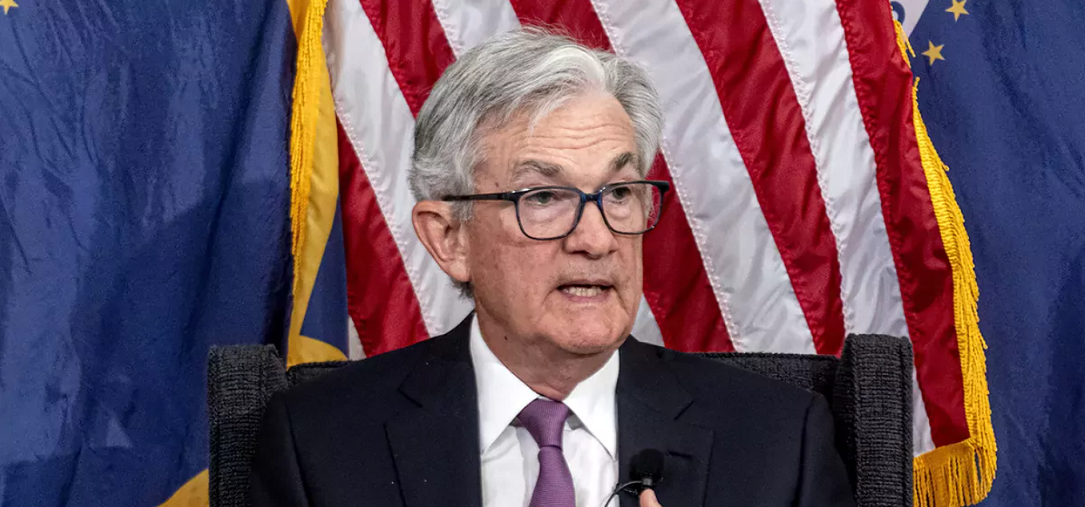
François Christen
Chief Economist
The disconnect between equities and bonds, which have been falling for a month, is widening further.
Original article published on agefi.com

Bond markets are in a turbulent zone due to persistent inflation. This is particularly the case in Europe, where the preliminary estimates of inflation in the euro area in February (0.8% month-on-month, 8.5% year-on-year) are far from the ECB’s target, despite the decline in energy prices observed last month. Core inflation (excluding energy, food and tobacco) continued to rise, reaching 5.6% year-on-year. The lagged effects of the 2022 inflation rebound continued to spill over into the prices of many goods and services.
However, euro area economic indicators are mixed: the PMI for the manufacturing sector reflects an erosion of activity (48.5 in February after 48.8 in January), but the survey for services reflects an upswing (52.7 after 50.8). The labor market remains tight with the unemployment rate unchanged at 6.7% in January, the lowest since the launch of the European Monetary Union. In short, the recent data should support the ECB’s decision to raise its three key interest rates by 0.5% on March 16 (implying an increase in the deposit rate from 2.5% to 3%) and to maintain a restrictive stance until June, which should lead to money market interest rates of around 4% in early summer.
This outlook has had an impact on the structure of euro interest rates, particularly on short and intermediate maturities. The yield on the German 2-year “Schatz” has now risen above 3.2% and is at a level not seen since 2008 ! The yield on the 10-year “Bund” is close to 2.7% after having crossed 2.75% last Thursday. The “quantitative tightening” initiated by the ECB at the beginning of March did not prevent a decline in the spreads inflicted on the most vulnerable members of the euro zone, such as Italy.
Although Switzerland is among the best performers in terms of inflation, the increase in consumer prices in February (0.7% monthly, 3.4% year-on-year; 0.8% and 2.4% respectively excluding energy and food) highlights pernicious lagged effects that should prompt the SNB to maintain a restrictive course on March 23. A 0.5% increase in the key rate seems likely, given that the SNB’s Executive Board makes its monetary policy decisions on a quarterly basis.
On the other side of the Atlantic, the yield on the 10-year U.S. Treasury note rose above 4%. It then fell back to 3.9%, where it was last Monday. The ISM surveys did not show any break in February: manufacturing activity was sluggish (47.7 in February after 47.4 in January), but the expansion continued in the services sector (55.1 after 55.2). The employment report expected at the end of the week will give a better idea of the state of the American economy. While waiting for the figures to be released on Friday, a majority of investors and traders are expecting the Fed funds rate to be raised by 0.25% on March 22, followed by two to three similar increases at subsequent FOMC meetings.
In the credit market, risk premiums have narrowed slightly, in line with stock market indices that are
withstanding the bond correction observed over the past month. This disconnect between risky assets and
government bonds is partly justified by the welcome drop in energy prices in Europe, but it could also reflect
a certain complacency on the part of investors who persist in believing that inflation can be tamed without
going through a recession.









